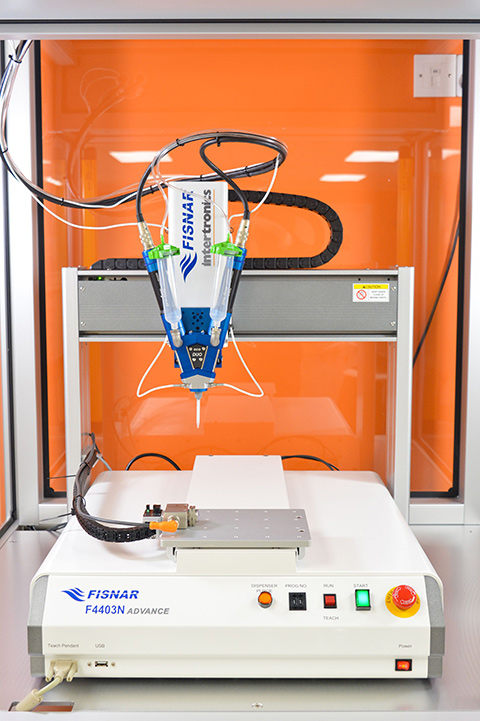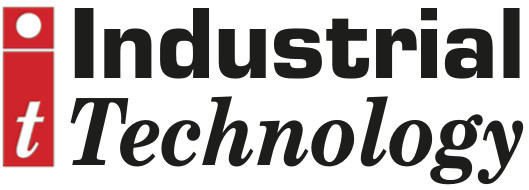
Posted to News on 30th Mar 2023, 13:27
Intertronics busts 10 myths about dispensing automation

The benefits of robotics are compelling – improved productivity, efficiency, output, quality, and flexibility. In addition to their production benefits, they can improve health and safety and job satisfaction for employees. However, a number of myths exist around their use, which could be holding back their uptake. To help increase the adoption of dispensing automation, Intertronics has released a new guide: 10 myths about dispensing robots.
The International Federation of Robotics (IFR) World Robot Report in 2021 found that the UK has a robot density of 101 robots per 10,000 employees, below the global average of 126. This slow uptake extends to dispensing robots, which are typically used to automate the application of adhesives, sealants, potting compounds, encapsulants, form in place gaskets, temporary masking, lubricants, and other liquids, fluids, and pastes.
Some of the myths dispelled in the guide include that robots steal jobs, they are too expensive, the payback period on an investment will be too long, and that they need to operate 24/7. The guide also covers installation, safety, flexibility, and when to invest.
“British manufacturers have a lot to gain from investing in robots,” explained Ben Swanson, chief commercial officer of Intertronics. “For example, automating repetitive and potentially dangerous tasks means workers can be moved into positions that are creative, fulfilling, and add more value.
“We hope the guide will help communicate that these benefits can be realised quickly, easily, and affordably,” added Swanson. “In fact, a new dispensing robot system could cost less than the Managing Director’s new car! In many applications, the payback period for a dispensing robot is short, making it quick to achieve return on investment. Combined with the general productivity and quality benefits of robots, market conditions, and the current tax advantageous environment, now is a good time to consider investing in dispensing automation.”






